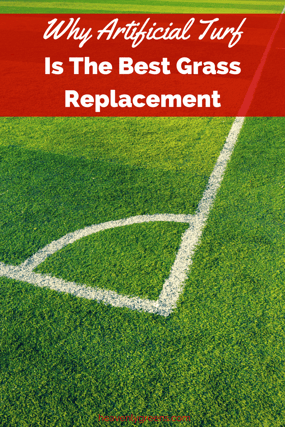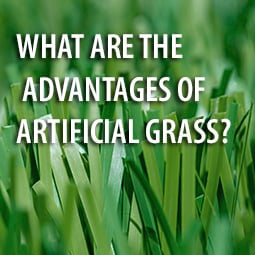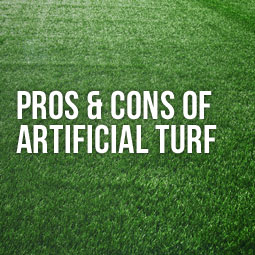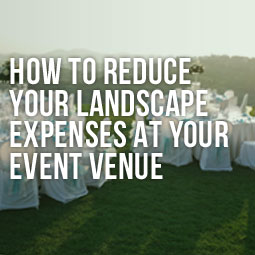
Homeowners often choose artificial turf when they consider their grass replacement choices. For smaller yards, some homeowners choose to landscape the entire area and eliminate the need for any type of lawn maintenance. Others choose synthetic grass to maintain the constant look of a growing and thriving lawn. The fact that artificial grass is virtually maintenance free and requires no watering are also key factors in the choice in grass replacement options.
Consistent Look and FeelWhen considering grass replacement options, homeowners want to maintain a certain look. While some can use landscaping stone, wood chips or other types of materials to create a visual effect that transforms a small plot most opt for artificial turf. Artificial turf offers the look and feel of natural grass without the all of the time, money and effort that must go into keeping it adequately maintained.
In areas where drought conditions are common, artificial turf requires no water. Natural grass must have several hundred gallons of water a month to keep it looking green and vibrant. Homeowners that continue to water their lawns when water restrictions have been put in place can face stiff fines if they are caught violating the laws.
Resistant to Environmental Hazards
One of the reason natural grass replacement is often considered, is the risk of pests and disease that can kill or damage grass leaving large brown spots or bare areas. Certain molds and bacteria can begin to thrive if the conditions are right for their growth. With artificial turf, the things that are needed to support their growth are dramatically reduced or eliminated altogether. The same factors that eliminate the growth of bacteria and mold, also reduce the chance of insects and other pests being able to thrive. Without the proper nutrients bugs and other rodents can't live and grow.
Another benefit of natural grass replacement is the fact that artificial turf is not affected by extreme climate changes. Extreme heat that can cause natural grass to wither and dry has virtually no affect at all on artificial turf. The lack of rain also has little effect on synthetic turf and other landscaping materials. In areas where environmental conditions change abruptly, natural grass can have difficulty adapting and thriving with the changes, where artificial turf does not. In areas where extreme cold is an issue, it can take several days for grass to recover and begin to grow again. Artificial turf is resistant to extreme cold and will not change color or deteriorate.
Better for the Environment
When considering natural grass replacement, artificial turf is better for the environment. With natural grass, fertilizers and pesticides are often used to control the growth of weeds and prevent insect infestation. Many of these chemicals can be extremely toxic. This means children and pets must be kept from the area for several hours after they have been applied. Pesticides used to control insects that thrive in natural grass can also be harmful to the environment due to their toxic nature. Many pesticides contain neurotoxins that affect the central nervous system causing numbness and, in some cases, painful sensations or allergic reactions like rashes, hives and blisters.
Toxic fertilizers, herbicides and pesticides also have a dramatic effect on the ground water supply. The chemicals seep down into the soil until they eventually leach into large water deposits and aquifers. Not only do they end up in underground water supplies, they also leach into rivers, lakes and streams, disrupting the balance of wildlife. Fertilizers that make their way into lakes and ponds can nurture the growth of algae causing it to take over and crowd out other forms of wildlife and foliage.












